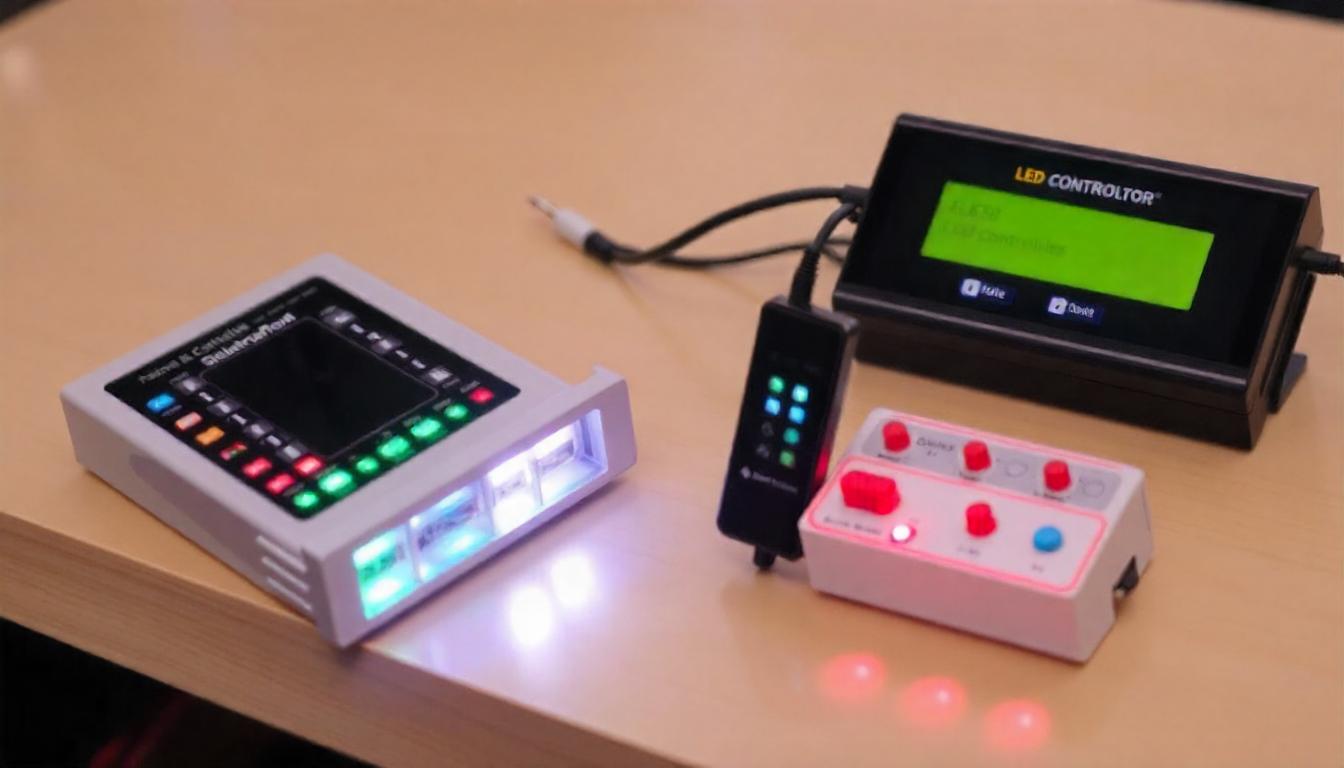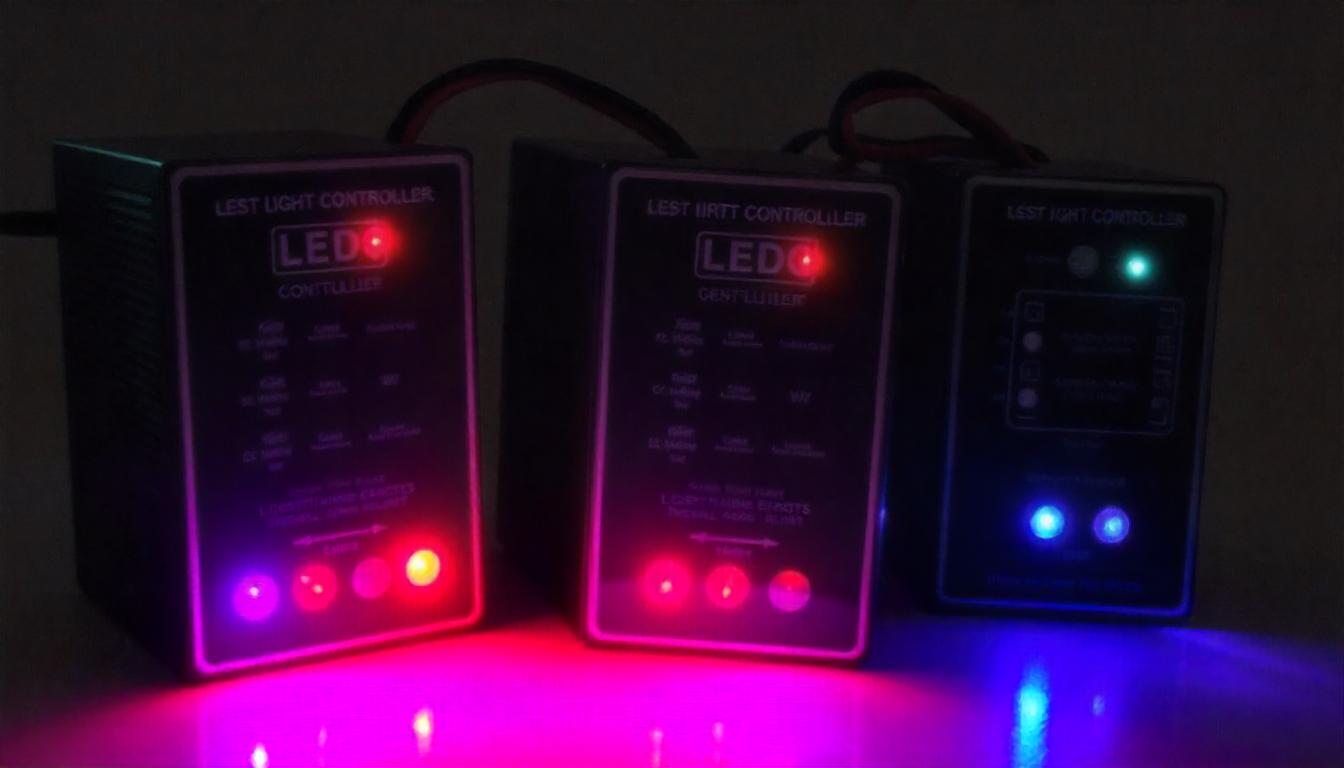In the realm of modern lighting technology, LED light controllers play a pivotal role in controlling and enhancing the functionality of LED lights. Whether you're looking to create dynamic lighting effects, improve energy efficiency, or synchronize lighting with other systems, LED light controllers offer a versatile solution. This blog explores the mechanics, benefits, and applications of LED light controllers, shedding light on their intricate workings and the advantages they bring to various environments.
Introduction to LED Light Controllers
LED light controllers serve as the brain behind the operation of LED lights, enabling users to manipulate and customize lighting output according to specific needs. These controllers are designed to regulate parameters such as brightness, color temperature, and lighting patterns, thereby offering flexibility and control that traditional lighting systems often lack.
How LED Light Controllers Work
-
Basic Functionality: At its core, an LED light controller receives commands from a user interface, which could be a physical remote, smartphone app, or a centralized automation system. These commands dictate changes in lighting parameters like intensity and color.
-
Communication Protocols: LED controllers often utilize communication protocols such as Wi-Fi, Bluetooth, Zigbee, or DMX (Digital Multiplexing) to interface with other devices or networks. This connectivity allows for seamless integration into smart home systems or professional lighting setups.
-
Dimming and Color Control: One of the primary functions of LED controllers is dimming capability. Unlike incandescent bulbs, LEDs do not dim naturally with voltage reduction. Instead, LED controllers use Pulse Width Modulation (PWM) or Constant Current Reduction (CCR) techniques to achieve smooth dimming without affecting color quality.
-
Color Tuning: Advanced LED controllers support color tuning, enabling users to adjust the color temperature of white LEDs or control RGB LEDs to produce millions of color combinations. This feature is invaluable in creating ambiance and mood lighting for residential, commercial, and entertainment purposes.
-
Dynamic Lighting Effects: LED controllers can execute pre-programmed lighting sequences or dynamic effects such as fading, strobing, or color chasing. These effects are popular in architectural lighting, stage performances, and themed environments.

Benefits of LED Light Controllers
-
Energy Efficiency: By optimizing light output and scheduling, LED controllers contribute to energy savings compared to traditional lighting systems.
-
Enhanced Flexibility: Users can tailor lighting to specific tasks or activities, promoting productivity, comfort, and aesthetic appeal.
-
Longevity and Reliability: LED technology combined with efficient control mechanisms ensures durability and minimal maintenance requirements.
-
Integration with Smart Systems: Integration with smart home platforms allows for automation, voice control, and synchronization with other smart devices.
Applications of LED Light Controllers
-
Residential Lighting: Enhance home ambiance with customizable lighting scenes for different times of day or activities.
-
Commercial and Hospitality: Create inviting environments in restaurants, hotels, and retail spaces with dynamic lighting designs.
-
Architectural Lighting: Illuminate building facades or interior spaces with color-changing LEDs to accentuate architectural features.
-
Entertainment and Events: From theatrical productions to concerts, LED controllers enable dynamic lighting effects that captivate audiences.

Conclusion
LED light controllers represent a significant advancement in lighting technology, offering unparalleled control, efficiency, and versatility. Whether you're aiming to create a cozy atmosphere at home or make a bold statement in a commercial setting, LED controllers empower users to unleash the full potential of LED lighting. As technology continues to evolve, these controllers will undoubtedly play a crucial role in shaping the future of illumination.
In conclusion, understanding how LED light controllers work not only demystifies their functionality but also highlights their transformative impact on modern lighting solutions. Embracing these controllers opens doors to creativity, efficiency, and enhanced user experiences across various domains.


































Leave a comment
This site is protected by hCaptcha and the hCaptcha Privacy Policy and Terms of Service apply.